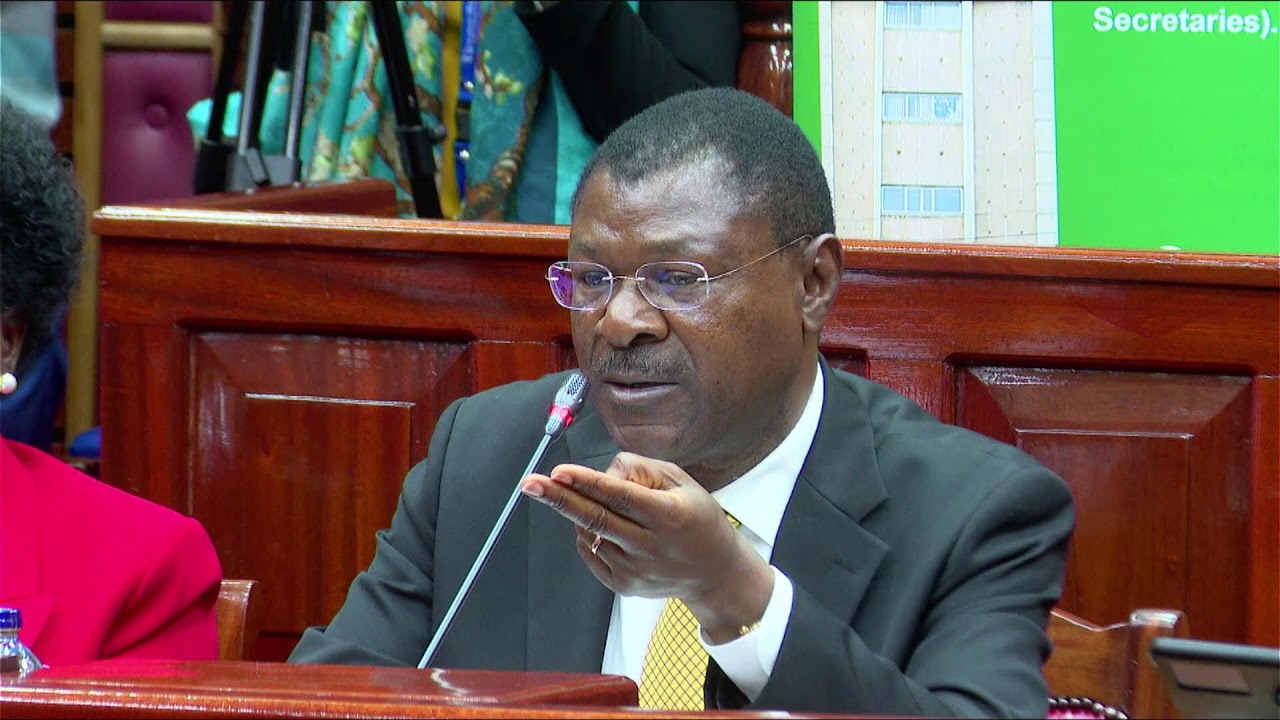
House moves to craft bursary cordination law in a bid to save CDF » Capital News
NAIROBI, Kenya, Aug 22 — National Assembly Speaker Moses Wetang’ula has requested the Education Ministry to provide input on proposed legislation to consolidate bursary allocations, amid a push to disband the Constituency Development Fund (CDF).
The move followed public outcry over the new university funding model, with lawmakers advocating for reforms to consolidate bursaries and scholarships at both the national and county levels to address concerns of overlap.
In a letter addressed to the Principal Secretary of the State Department of Basic Education, the Office of the Clerk said the House had initiated the formulation of a legislative proposal to establish a structured system for administering public bursaries and scholarships.
“This is, therefore, to request that you furnish us with any relevant information in the possession of the Ministry that may assist in the drafting of the legislative proposal, including any existing policy document or draft bill,” the Clerk stated.
Debate on the amalgamation and consolidation of bursaries and scholarships followed petitions submitted to the National Assembly advocating for a coordinated approach to fund disbursement. Petitioners cited duplications.
Reforms proposed by the Ministry of Education will involve consolidating funds from the National Government Constituencies Development Fund (NGCDF), County governments, and the Higher Education Loans Board (HELB).
The intervention by the House is appears to be a move to forestall a possible court declaration against MP-administered bursuries following a petition lodged at the Nakuru High Court.
Laban Omusundi, the sponsor of the Nakuru petition, moved the court to order consolidation of existing bursaries and scholarships for better coordination.
Uncertainty
On Tuesday the House discussed proposed reforms to consolidate the Higher Education Loans Board (HELB) and other funds when Principal Secretary for Higher Learning, Beatrice Inyang’ala, appeared before Parliament to respond to inquiries about the funding model.
The intervention came even as the fate of needy students set to join higher learning institutions remained uncertain due to concerns about parents’ and guardians’ ability to raise the required fees.
A section of education stakeholders have criticized the new funding model for undermining the aspirations of needy students.
Concerns have also emerged about the effectiveness of the Means Testing Instrument (MTI) used to categorize students into different funding levels, with critics citing data inaccuracies and inadequate grading parameters.
The funding model places students in five bands using eight variables, including parental background, gender, course type, marginalization, disability, family size, and composition.
These variables are combined to assess household needs and determine appropriate funding. However, many parents and learners have complained about miscategorization, with a majority being placed in bands 4 and 5.
PS Inyang’ala highlighted issues with data accuracy, noting that some students had falsified information related to the various parameters used in the classification process.
“We are dealing with an issue of data inaccuracy. Without reliable income data, it is impossible to use data effectively in the categorization of students,” she said.
The amalgamation of education funds could potentially provide for free education to students in tertiary institutions, including colleges and Technical and Vocational Education and Training (TVET) institutions.
